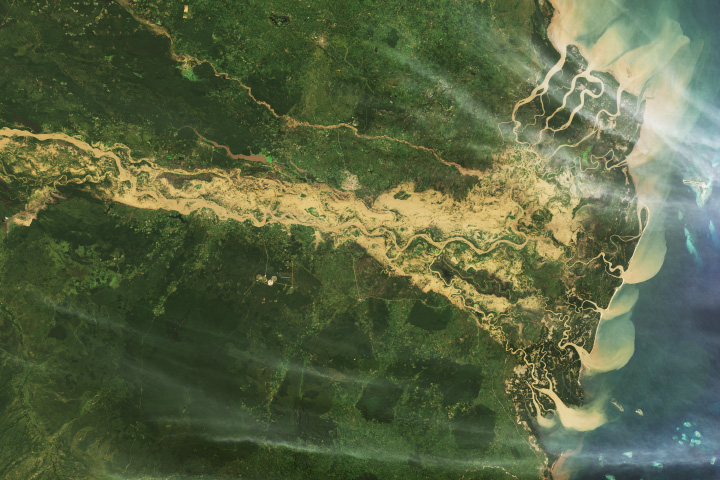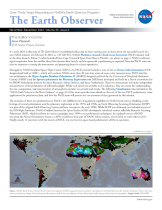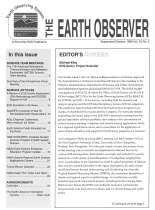- Home
- Missions
- Data
- Communications
- People
- The Earth Observer Newsletter




Recent Imagery
You will be directed to the NASA Visible Earth webpage when you select Images by Mission below, or click on the images at right that are randomly generated to represent four out of all possible topics.
The Earth Observer: Sep - Oct, 1998
In This Issue
Click title below to view page
SCIENCE TEAM MEETINGS
The 15th Advanced Spaceborne Thermal Emission and Reflection Radiometer (ASTER) Science Team Meeting ... 3
Summary of the Atmospheres Panel Meeting ... ..... . 7
SCIENCE ARTICLES
A Review of EOS Quality Assessment (QA) Methodology and EOSDIS Support for QA ... 8
EOS Scientists in the News ...... 14
SeaWiFS Completes A Year Of Remarkable Earth ObseNations .....15
AGU Chapman Conference: West Antarctic Ice Sheet ....... .... ..... 16
Earth Science Public Education on the Radio ..... 17
1999 USRA/GSFC Graduate Student Summer Program In Earth System Science ... 18
NASA Earth Science Enterprise Education Program Update ... 19
NASA Selects Regional Earth Science Applications Centers ... 21
Triana Mission Selected ....... 22
NASA Helps "Hot" Cities Cool Down ........ 23
ANNOUNCEMENTS
Calendars ... .. ..... ... 23
Editor's Corner
Michael King—EOS Senior Project Scientist
On October 6 and 7, the U.S. House of Representatives and Senate approved the Appropriations Conference Committee bill that provides funding to the Veterans Administration, Department of Housing and Urban Development, and Independent Agencies (including NASA) for FY99. The NASA budget was approved at $13.67 B, of which the Office of Earth Science was $1.413 B. Of this budget, $672.5 Mis for the Earth Observing System (EOS), $268.2 M for EOSDIS, and $321.1 M for science, including both the research and analysis program and the EOS Interdisciplinary Science (IDS) investigations. The conference report includes $53 M of the Earth Science budget for earmarks, of which $41.8 M was provided by Congress. The earmarks include supporting the launch delay in the EOS AM-1 spacecraft resulting from the ground operations software problems; new centers at five universities for natural resource training, computers and remote sensing applications; funds for a regional applications center, and a consortium for the application of space data to education; and support for biodiversity programs at a museum.
An Investigators Working Group (IWG) meeting was held October 19-21 at the New England Conference Center, University of New Hampshire, Durham, New Hampshire.
Read more...

